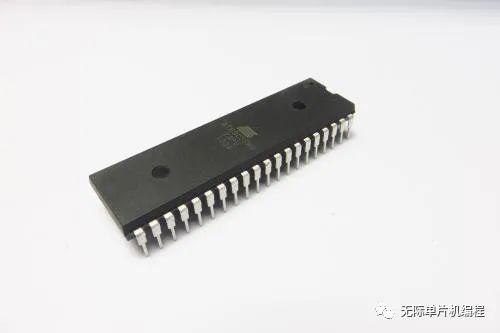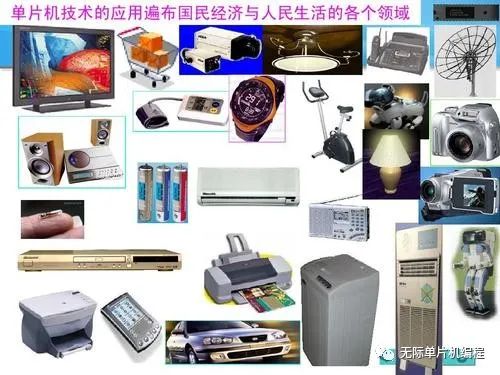I am not a graduate of electronics, but I entered this industry through self-study of microcontrollers.
At first, like many people, I didn’t know what a microcontroller was.
I collected some information online, but it was too academic and confusing.
Today, I will explain it to you in simple terms.
I came across the concept of microcontrollers while learning Java and looking for tutorials online.
It immediately sparked my interest.
Because programming a microcontroller is much more interesting than Java; it allows you to control hardware to perform desired actions, like turning lights on and off.
This ultimately led me to abandon learning Java and switch to the field of microcontroller programming.
Below, I will introduce it in two aspects.
1. What is a microcontroller?
2. What can a microcontroller do?
3. How to get started with microcontroller programming??
1. What is a microcontroller?
A microcontroller is a programmable chip, similar to a computer’s CPU, but with much lower performance, cost, and power consumption than a CPU.

By writing assembly or C language programs and downloading them to a circuit board designed based on the microcontroller, we can achieve the corresponding product functionality.
For example, turning lights on/off, monitoring temperature and humidity, automatic heating and cooling, etc.
The specific functionalities depend on the design of the circuit and the program; different products have different circuits and programs.
2. What can a microcontroller do?
From small household appliances to large aircraft and rockets, microcontrollers are widely used.

Here are a few examples:
1. Charger with voltage and current display
2. Electric vehicle charging pile
3. Shared bicycles
4. Air conditioners, refrigerators, rice cookers, induction cookers, disinfection cabinets, etc.
There are so many applications; in simple terms, any device with a circuit board and intelligent control can be implemented with a microcontroller.
3. How to get started with microcontroller programming?
I have written about how to get started with microcontroller programming in my previous articles; I clearly outlined what to learn at each stage, including all tutorials and tools.
Learning path from beginner to advanced in microcontrollers (with tutorials + tools)
Here, I will give you a brief introduction.
There are three essential knowledge points for getting started with microcontroller programming:
1. Basic circuits
2. C language
3. Microcontroller
1. Basic circuits
You need to be familiar with common electronic components, such as resistors, capacitors, diodes, transistors, etc., and understand the principles of series and parallel circuits.
2. C language
Initially, you only need to learn some commonly used data types and conditional statements; pointers can be gradually learned in projects later.
2. Microcontroller
It is recommended to start with 51, then learn STM32.
Learning 51 helps you gain a systematic understanding of microcontrollers, while learning STM32 is beneficial due to its high market demand and can help you find a job later.
I am Wujì, and I wish everyone success in their studies!